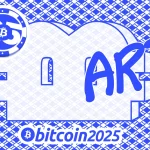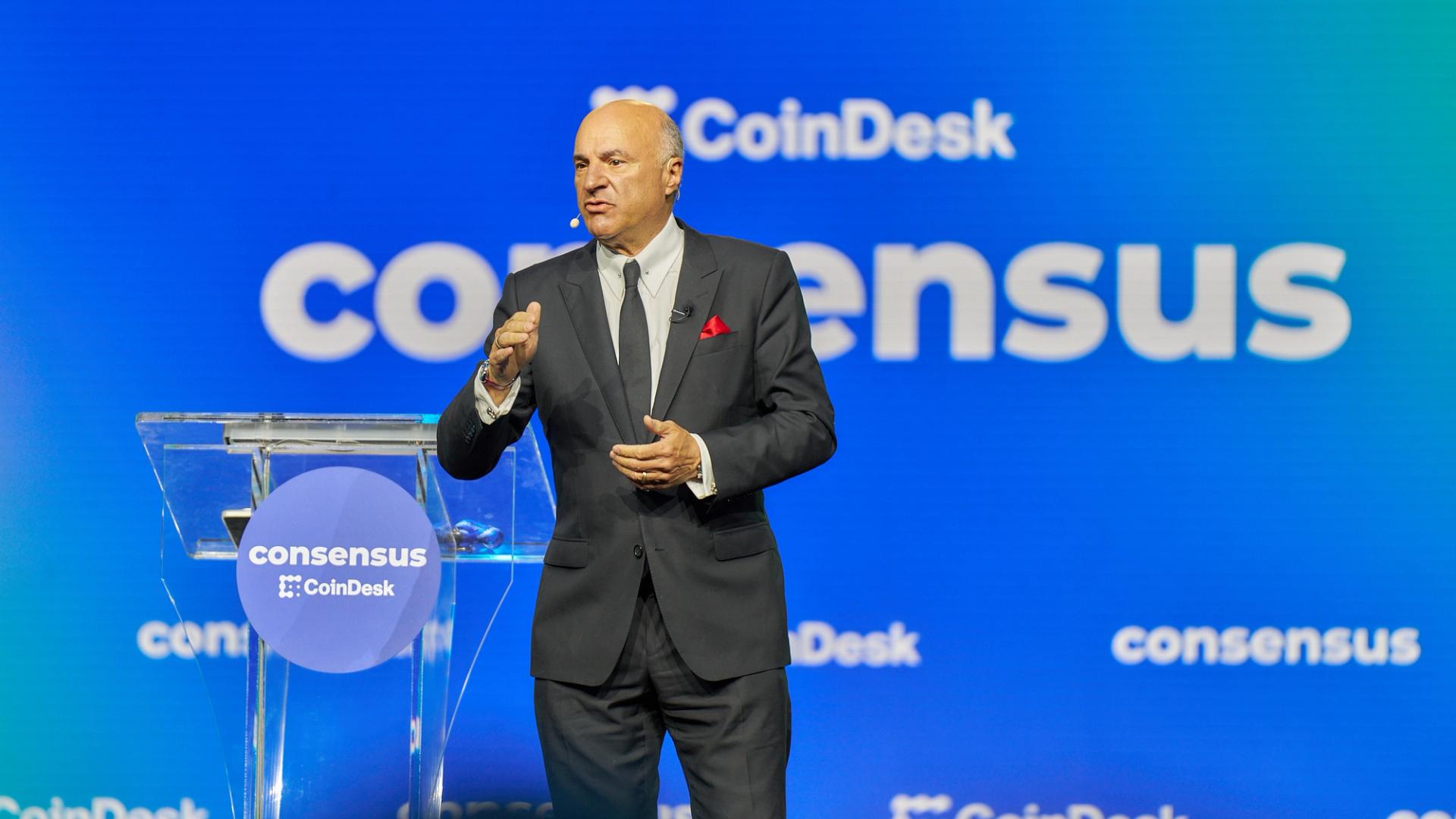The Federal Reserve Bank of New York, in collaboration with the BIS Innovation Hub Swiss Centre, has concluded that tokenized assets, not central bank digital currencies (CBDCs), may offer a viable future framework for monetary policy operations.
This finding stems from the recently published Project Pine report, which tested the technical feasibility of implementing open market operations through smart contracts without introducing a retail or wholesale CBDC.
Explicitly distancing itself from CBDC development, the report opens with a definitive disclaimer:
“Project Pine is not intended to advance any specific policy outcomes, nor does it represent any work by the Federal Reserve to establish, issue or promote any central bank digital currency within the United States or abroad.”
Instead, the emphasis is on integrating smart contract-based programmable platforms with tokenized assets to support the Federal Reserve’s core function, monetary policy implementation, in a future financial environment dominated by digital tokens.
Project Pine prototype
The prototype developed under Project Pine consisted of a modular smart contract toolkit designed to simulate traditional central bank operations. This included paying interest on reserves, executing repurchase agreements, managing collateral baskets, and purchasing or selling assets.
The contracts operated on a permissioned Ethereum-compatible platform (Besu), used ERC-20 token standards, and were subjected to rigorous scenario testing simulating real-world events such as liquidity shocks and asset selloffs.
To ensure operational integrity and centralized control, all tokens and contracts were contained within a permissioned, programmable settlement layer.
One of the core components was a programmable interest accrual mechanism capable of calculating and settling interest per second, thereby supporting 24/7 operational readiness.
This granular timekeeping, managed directly by the central bank, enabled near-instant responsiveness to market conditions without reliance on network consensus, sidestepping what the report calls the “oracle problem” in decentralized finance.
However, this obviously means centralized points of failure and authority, a key feature of TradFi, and the antithesis of DeFi.
DeFi protocols require external decentralized oracles to feed data into smart contracts, while the Project Pine prototype made the central bank the sole timekeeper and oracle, greatly simplifying design and execution but centralizing control.
Collateralized assets on chain
Collateral management is a cornerstone of the prototype’s functionality. Central banks could define multi-asset collateral baskets with real-time pricing, customizable haircuts, and automatic margin calls triggered directly by smart contracts. Counterparties could swap collateral in and out during the term of an operation, and each asset was subject to frequent valuation updates.
This allowed for continuous monitoring and rebalancing, representing a substantial evolution from traditional back-office procedures. Project Pine envisions smart contracts as more than administrative tools but dynamic instruments for risk management and operational agility.
The architecture also laid the groundwork for a programmable settlement layer that could consolidate operations such as delivery-versus-payment, tokenized bond servicing, and automated liquidity provision.
Every aspect, agents, tokens, and contracts, was visualized and tested in a simulated multi-agent environment, incorporating real-time feedback loops and scenario-based stress testing. While the simulation did not model specific economies or jurisdictions, the findings were vetted by advisers from seven central banks, including the ECB, BoE, SNB, and the Federal Reserve System.
Perhaps most tellingly, the project framed central banks as infrastructural anchors within the tokenized system. It noted that
“if the private financial sector adopts tokenization on a broad scale in wholesale markets, central banks may need to participate in novel financial market infrastructures and interact with digital tokens to continue effectively implementing monetary policy”.
In doing so, the report highlights a divergence from the retail-oriented CBDC narrative growing outside the US. Rather than seeking to digitize cash, the emphasis shifts toward enhancing liquidity management, collateral operations, and real-time analytics within tokenized interbank systems.
Centralized control
According to Project Pine, governance and operational risk remain top priorities. The report acknowledges potential hazards, smart contract errors, oracle malfunctions, and transparency risks tied to the use of backstop facilities.
It proposes human-in-the-loop oversight, upgradeable contracts, and role-based access controls as mitigation strategies.
Yet even these controls assume a future in which central banks possess privileged access to sensitive data and oversee a hybrid architecture that blends programmability with centralized authority.
Project Pine ultimately reframes the digital future of central banking. Rather than promoting CBDCs, the Federal Reserve’s research highlights tokenized financial infrastructures and programmable smart contracts as more immediately actionable pathways for innovation.
The market appears to agree as BlackRock’s BUIDL fund closes in on $3 billion in tokenized US Treasuries and VanEck joins the tokenization race. Institutional tokenization now comprises $22 billion of real-world assets and $231 billion in stablecoins.
Central banks, the report implies, may remain central, not by issuing new forms of digital currency, but by reengineering how they interact with tokenized assets in a modernized financial system.
The post NY Federal Reserve taps tokenized assets not CBDCs as future of finance appeared first on CryptoSlate.
The Federal Reserve Bank of New York, in collaboration with the BIS Innovation Hub Swiss Centre, has concluded that tokenized assets, not central bank digital currencies (CBDCs), may offer a viable future framework for monetary policy operations. This finding stems from the recently published Project Pine report, which tested the technical feasibility of implementing open
The post NY Federal Reserve taps tokenized assets not CBDCs as future of finance appeared first on CryptoSlate. Adoption, Banking, RWA CryptoSlate


























































































































